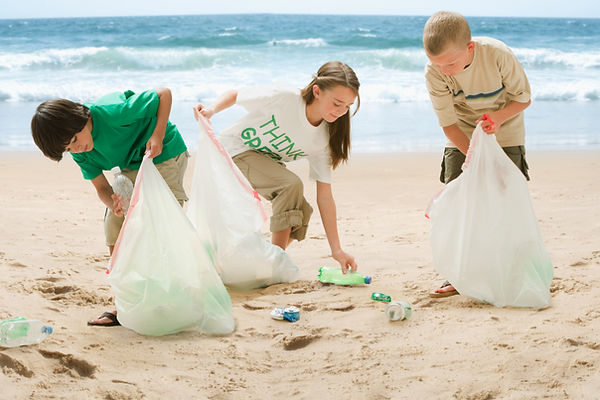The More You Know
"Photos taken by researchers show how the red-legged cormorants used plastic shopping bags, nylon fishing tackle and strips of sand bags from industrial works when building nests for their young.
The study — and photos — offer a striking look at how plastic pollution has hammered ocean and coastal ecosystems. Though plastics have been widely used by humans for 70 years, their devastating environmental impacts are only just starting to be understood.
“It’s only really in the last five years or so that we have seen a surge in studies revealing the true scale of the amount of plastic contamination on our planet, with most of its detrimental effects reported in our oceans,” said Mauricio Urbino, a zoologist at Chile’s University of Concepcion. “The worrying thing is that, if we don’t reduce plastic use now, it is only going to get worse.”
García-Cegarra said that the plastics are dangerous to birds, and that they had found many dead cormorants in nests while assessing them. The two main threats were birds becoming entangled and starving or suffocating when they were unable to free themselves, or when they ingested the plastics."
Some lesser-known facts about plastic you really need to know:
1. Since the 1950s, around 8.3 billion tons of plastic have been produced worldwide.
2. In some parts of the world, using plastic is already illegal.
3. 73% of beach litter worldwide is plastic.
4. A million plastic bottles are bought around the world every minute.
5. Worldwide, about 2 million plastic bags are used every minute.
6. 90% of plastic polluting our oceans is carried by just 10 rivers.
7. Plastic is killing more than 1.1 million seabirds and animals every year.
8. The average person eats 70,000 microplastics each year.
9. The average time that a plastic bag is used for is 12 minutes.
10. Over the past 50 years, world plastic production has doubled.
https://www.globalcitizen.org/en/content/plastic-pollution-facts/
What are real solutions to plastic pollution?
-
Government bans and restrictions for unnecessary and damaging plastic products or activities. Legislative reuse targets.
-
Mandated Extended Producer Responsibility (EPR) regulations and strategies to make producers and companies responsible for the damage plastic causes to our environment, make them accountable for the entire lifecycle and true costs of their products.
-
Government and corporate investment in reuse models and new ways to deliver products using less or no packaging.
-
Corporate phase-out of production and use of single-use plastic products and throwaway product models.
-
A shift in dominant public mindsets away from our throwaway culture focused on convenience being equal to disposal, toward a vision of healthy, sustainable and more connected communities.
https://www.greenpeace.org/usa/key-facts-about-plastic-pollution/




